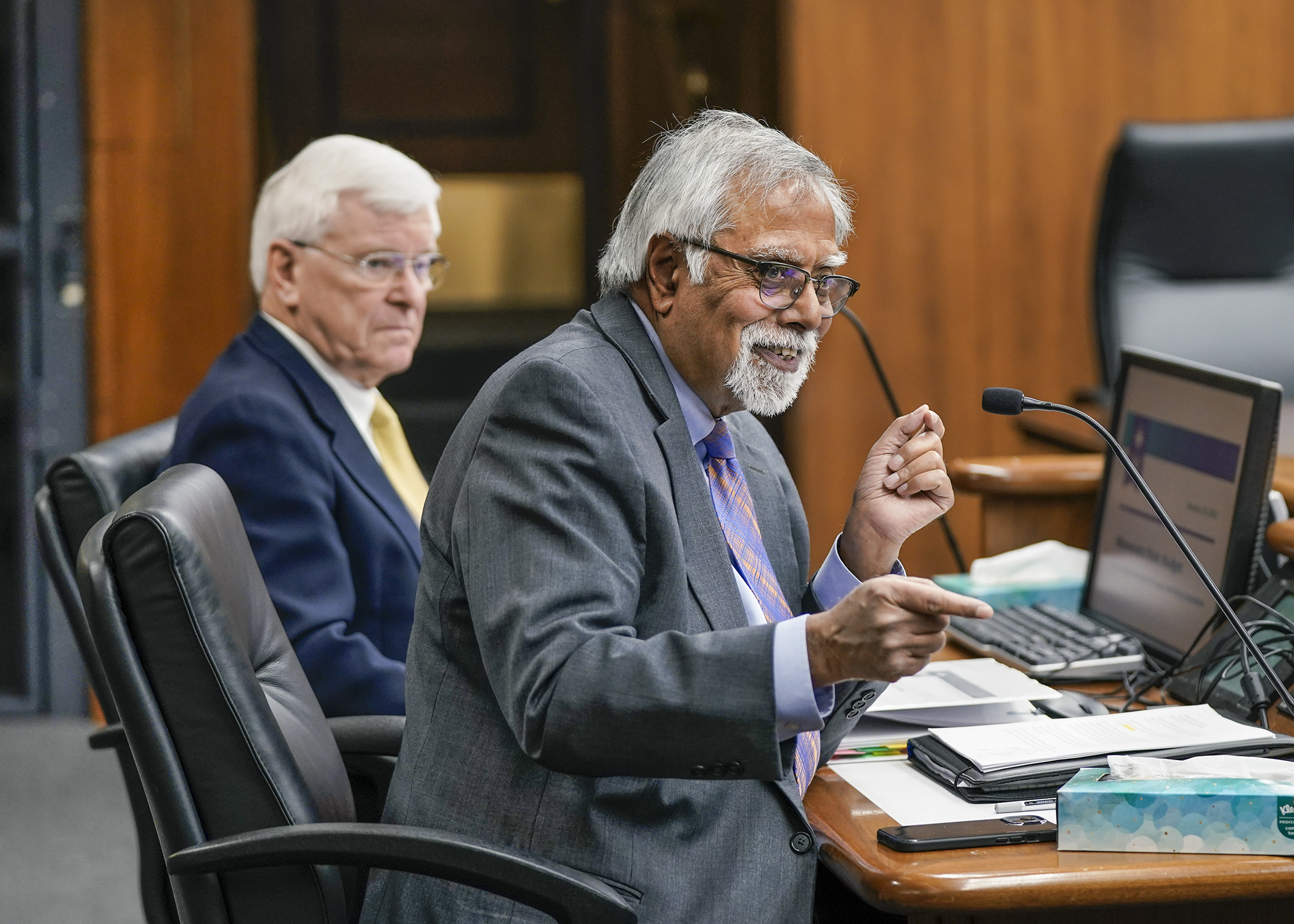Amid enrollment declines, Minnesota State makes budget request

That small college near you is getting smaller. At least it is if it’s part of the Minnesota State system.
That’s what the system’s chancellor, Devinder Malhotra, told the House Higher Education Finance and Policy Committee Thursday. Before the system presented its budget request for the 2024-25 biennium, the chancellor talked about shrinking number of students at each of its 33 colleges and universities.
“Enrollment is a critical issue,” Malhotra said. “And it is the central tenet of our budget request.”
Malhotra said the system’s strategy for reversing the declines centers around student affordability and support, and focusing on workforce needs.
Enrollment declines over the past 10 years were documented on two charts presented to the committee, one a headcount of enrolled students in the system, the other the state’s more commonly used measurement of “student full year equivalent.” That number is calculated by dividing total student credit hours by the number of credit hours constituting a full load.
By that measurement, enrollment in the Minnesota State system declined by 27.9% between fiscal years 2013 and 2022. The schools experiencing the largest drops were:
- Fond du Lac Tribal and Community College, 45.7%;
- Minneapolis Community and Technical College, 43.2%;
- Inver Hills Community College, 42.8%;
- Northland Community and Technical College, 42.5%;
- Hennepin Technical College, 41.9%; and
- St. Cloud State University, 41.5%.
By comparison, the largest school in the system, Minnesota State University, Mankato, saw its enrollment fall only 7.9% over the same period. Southwest Minnesota State University is 10.7% smaller than a decade ago.
Rep. Kristin Robbins (R-Maple Grove) suggested it might be time for the system to examine consolidating some of its operations.
As for its budget request, more detail is expected at the committee’s Jan. 24 meeting, but it comes to $350 million more for the upcoming biennium: $140 million in fiscal year 2024 and $210 million in fiscal year 2025.
That request includes $125 million for continuing operations, $125 million for “student support” – including $77 million to facilitate a tuition freeze – and $100 million for workforce and economic development.
Minnesota State’s vice chancellor for finance and facilities, Bill Maki, said the $100 million in the workforce and economic development category would be matched by non-state sources.
On Tuesday, the committee is scheduled to discuss the budget request alongside the Minnesota State bonding request.
Related Articles
Search Session Daily
Advanced Search OptionsPriority Dailies
Speaker Emerita Melissa Hortman, husband killed in attack
By HPIS Staff House Speaker Emerita Melissa Hortman (DFL-Brooklyn Park) and her husband, Mark, were fatally shot in their home early Saturday morning.
Gov. Tim Walz announced the news dur...
House Speaker Emerita Melissa Hortman (DFL-Brooklyn Park) and her husband, Mark, were fatally shot in their home early Saturday morning.
Gov. Tim Walz announced the news dur...
Lawmakers deliver budget bills to governor's desk in one-day special session
By Mike Cook About that talk of needing all 21 hours left in a legislative day to complete a special session?
House members were more than up to the challenge Monday. Beginning at 10 a.m...
About that talk of needing all 21 hours left in a legislative day to complete a special session?
House members were more than up to the challenge Monday. Beginning at 10 a.m...